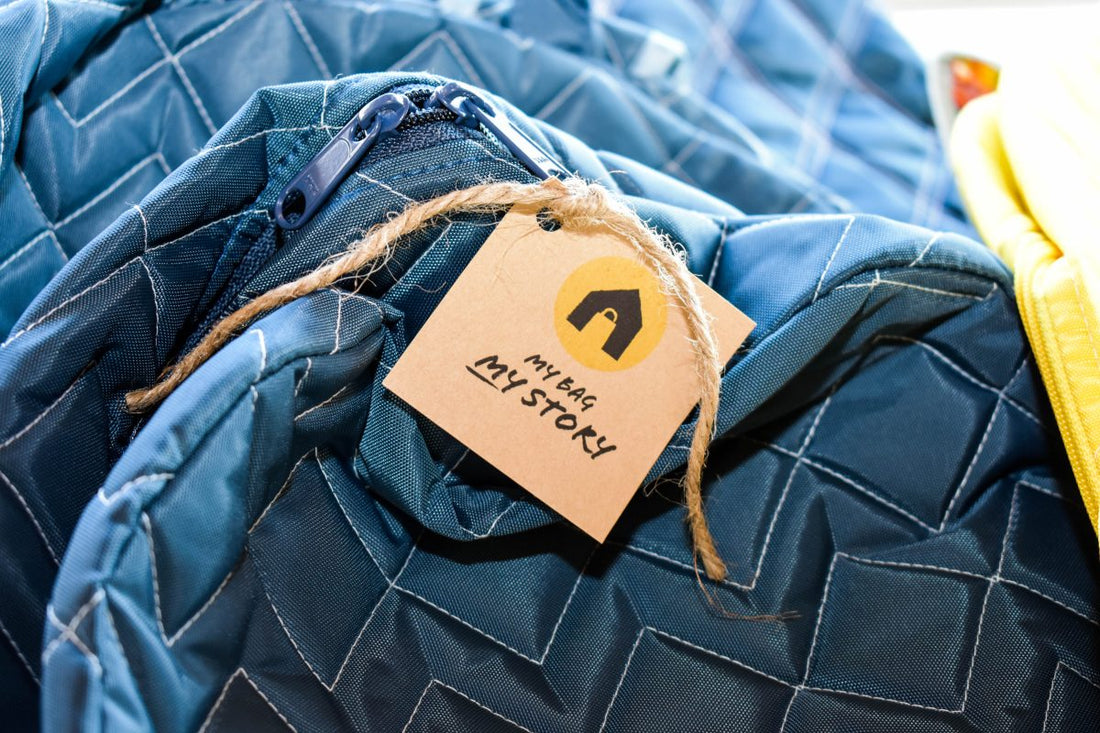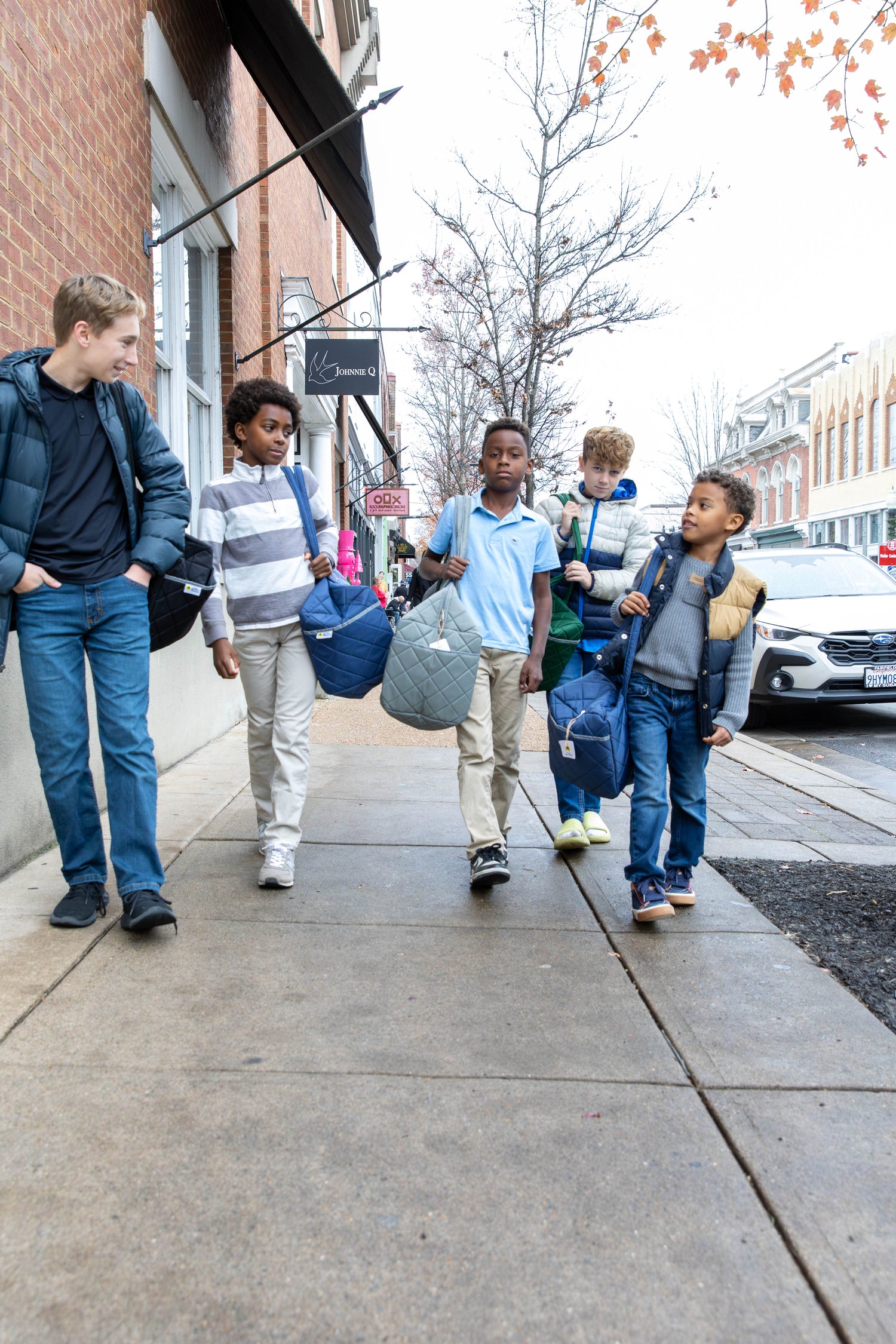
Marie’s Story
Over the last seven years, I have replayed foster care placement calls in my mind. They all go so differently but the feeling is the same.
The middle-of-the-night call
I woke to my husband’s phone buzzing at 3:50 a.m. He looked at the screen and said, “It’s Jeff. Do you think he meant to call us?” He obviously wasn’t fully awake yet to realize Jeff would be the one personwho would call in the middle of the night. Seconds later, the state-required Magic-Jack-because-we-don’t-have-a-landline phone in the kitchen rang.
Would we take a 16-month-old little girl? Of course we would. Less than an hour later, we answered the door to a state worker who brought this round-faced blue-eyed dream into the house. “She doesn’t have much,” she said. “Only a couple of diapers and a onesie. It’s wet.” The outfit she was wearing was a 4T—the smallest clothing they could find for her in the office
that late. She handed us a plastic grocery sack with that wet onesie and diapers and started toward the door. She hesitated. “She’s a sweet one. Easy baby.” Then she left. And I held the sack.
The time-to-think-it-over call
I met the case manager at our agency’s office. We’d had time to consider this foster placement. Grandmother just couldn’t do it any more. Two of the mother’s older children had already been adopted out of the foster care system and the grandmother’s health was preventing her from caring for the youngest one. The little angel had plenty of things, but they were packed into a small carry-on bag that reeked of cigarette smoke and two black draw-string trash bags.
The case manager had us complete the foster placement contract and before the ink was dry, in a thick African accent she said, “His baby brother will be born in February” and scooted out.
What? We didn’t sign up for a newborn! We sat in stunned silence with trash bags at our feet.
The we-need-you-right-now call
In the pickup line at my sons’ elementary school, I took a call from the placement office about a young girl who needed a foster home. She was a kindergartener—the same age as the children I was driving past outside the boys’ school. It was supposed to be a short-term placement. Probably just a week or so considering the facts they knew about the case.
I hurried home to get things in order for her arrival. It took a couple of hours for them to navigate traffic from downtown. We met the CPS worker in the driveway and this tiny ghost got out of the car. She was pale and frail. Her hair was matted to her head because the office workers had tried to smother the lice in her hair with Vaseline. She wore a dirty tank and shorts and the Velcro on her little shoes was too worn to hold them fastened. She held up a tiny wooden doll—no more than 3 inches tall. “It’s all she wanted. She didn’t want a stuffed animal. We brought her straight from court, so she doesn’t have any things.”
“We’ll take care of that,” I said, knowing a trip to Target was in our imminent future. They pulled away and I held her tiny hand in mine.
Processing Each Call
Every placement call I take feels the same. Of course, every child is so different and the things they bring (or don’t bring) with them can vary, but the emotions are the same. The anticipation is the same.
We ask ourselves the same questions about the immediate needs of each child we take into our home. Do they have pajamas? Do they have toiletries? Are they healthy? Are there allergies? The list of questions goes on and on. But once the dust settles a little, we look a little deeper. How can we make them feel welcome? How can we fit them into the rhythm of our home? How can we meet their emotional needs?
We look beyond the carry-on or backpack or trash bag or grocery sack to the “invisible suitcase” each child carries. That invisible suitcase is full of complications, pain, childhood trauma and beliefs about themselves, and it impacts them every single day. Every little one that comes into my home—no matter their age—needs me to help them organize that suitcase. I must meet their physical needs. They need clothing and toiletries and a bath, but they also need my understanding, my patience, and my commitment. But they also need to believe that they are loved, safe, and worthy of good things.
I believe it, so I need to show it to them in my home until they believe it themselves.
There are so many ways that we help children believe these things. We do it in big ways by removing the chaos from their lives and replacing it with rhythm. We do it in small ways by providing a safe touch or knowing look. We do it in hard ways by staying committed even when children push and test. We do it in easy ways by giving them the daily necessities that make them feel like everyone else.
My Bag My Story has been a vital supporter of foster families and children by giving them each a new bag all their own. This bag is a quality item and a tangible reminder that they are worth it and that they deserve it. The bag wasn’t owned and used by someone else. It wasn’t decorated or drawn on. It’s new and it’s theirs. And it replaces that trash bag or grocery sack and is a small step toward replacing that invisible suitcase.

